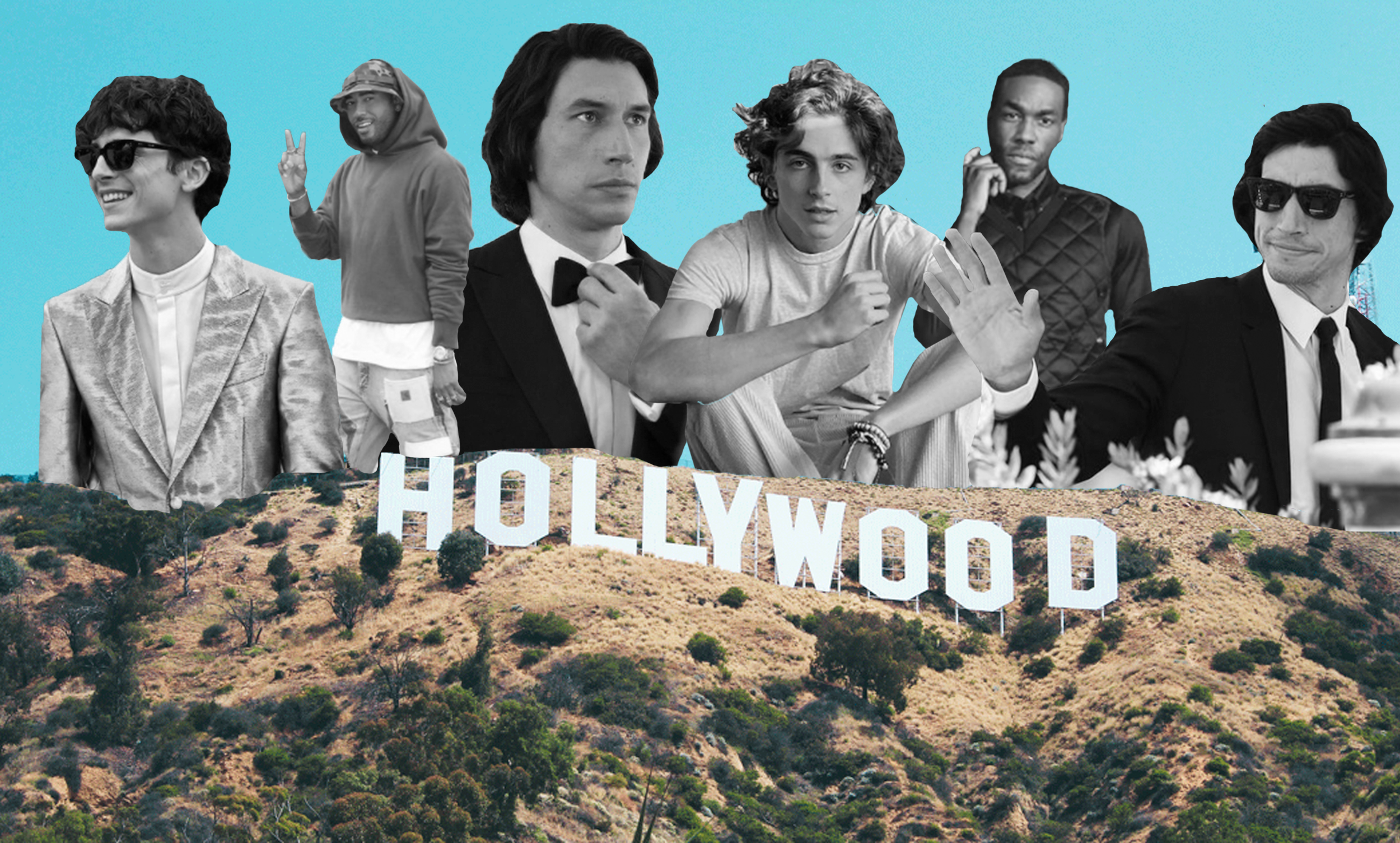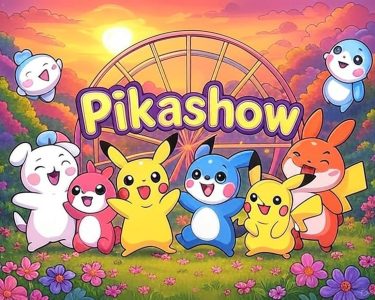Introduction
Hollywood, the epicenter of the global film industry, has long been a mirror reflecting societal values, cultural shifts, and evolving norms. However, for much of its history, Hollywood has been critiqued for its lack of diversity, both in front of and behind the camera. In recent years, there has been a significant push towards greater inclusivity and representation, with diversity becoming a pivotal element in shaping Hollywood narratives. This article delves into the multifaceted role of diversity in Hollywood, examining its impact on storytelling, audience engagement, industry practices, and the broader cultural landscape.
Historical Context

-
Early Hollywood
The early days of Hollywood were marked by a homogeneity that mirrored the societal norms of the time. The majority of films featured predominantly white casts and were created by white filmmakers. Stories centered around white, often male, protagonists, and the representation of minority groups was limited and frequently stereotypical.
-
The Civil Rights Movement and Beyond
The Civil Rights Movement of the 1960s began to challenge these norms, leading to more diverse representation on screen. Films such as “Guess Who’s Coming to Dinner” (1967) and “In the Heat of the Night” (1967) addressed racial issues head-on. However, meaningful diversity remained limited, and it wasn’t until the late 20th and early 21st centuries that more significant strides were made.
The Push for Diversity
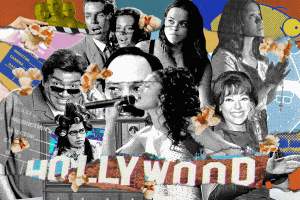
-
Changing Demographics
The changing demographics of the United States have played a crucial role in the push for diversity in Hollywood. As the population has become more diverse, there has been a growing demand for films that reflect this reality. Audiences today seek stories that resonate with their own experiences and perspectives, leading to a greater emphasis on inclusive storytelling.
-
Social Movements
Social movements such as Oscars So White and MeToo have brought issues of representation and inequality to the forefront of public consciousness. These movements have pressured Hollywood to address its shortcomings and have spurred initiatives aimed at increasing diversity and inclusion within the industry.
Impact on Storytelling
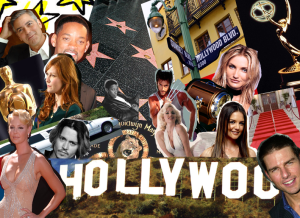
-
Broadening Perspectives
Diversity in Hollywood has led to a broadening of perspectives in storytelling. Filmmakers from diverse backgrounds bring unique viewpoints and experiences to their work, enriching the narrative landscape. This has resulted in a wider array of stories that explore different cultures, identities, and social issues.
-
Authentic Representation
Authentic representation is a key aspect of diverse storytelling. Films like “Black Panther” (2018) and “Crazy Rich Asians” (2018) have been praised for their authentic portrayal of African and Asian cultures, respectively. These films not only provide representation for underrepresented groups but also educate broader audiences about different cultural experiences.
-
Challenging Stereotypes
Diverse narratives challenge and deconstruct stereotypes that have long been perpetuated by Hollywood. By presenting complex, multifaceted characters from various backgrounds, these stories help to break down harmful stereotypes and promote a more nuanced understanding of different communities.
Audience Engagement
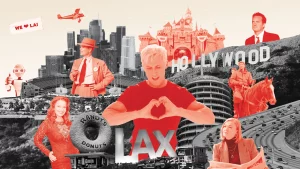
-
Expanding the Audience Base
Diverse films have the potential to attract a wider audience base. By offering stories that resonate with different demographic groups, Hollywood can engage a broader spectrum of viewers. This not only enhances the cultural relevance of films but also has economic benefits for the industry.
-
Building Empathy and Understanding
Films that feature diverse characters and narratives can foster empathy and understanding among audiences. By exposing viewers to different perspectives and experiences, these films can promote social cohesion and challenge prejudices.
Industry Practices

-
Inclusive Casting and Hiring
The push for diversity has led to more inclusive casting and hiring practices in Hollywood. Efforts are being made to ensure that actors, directors, writers, and crew members from diverse backgrounds have opportunities to work in the industry. Initiatives such as diversity quotas and mentorship programs aim to create a more equitable and inclusive industry.
-
Representation Behind the Camera
Diversity behind the camera is just as important as on-screen representation. Filmmakers from diverse backgrounds can bring unique perspectives to their work, influencing the storytelling process and ensuring that diverse narratives are told authentically. Efforts to increase diversity among directors, writers, and producers are crucial for fostering an inclusive industry.
Challenges and Criticisms
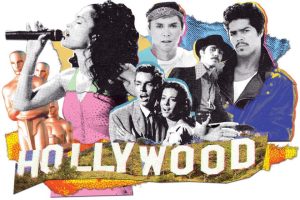
-
Tokenism
One of the challenges in the push for diversity is the issue of tokenism. Tokenism occurs when diversity is included superficially, without meaningful representation or inclusion. This can result in stereotypical portrayals and a lack of depth in diverse characters. It is essential for Hollywood to move beyond tokenism and strive for genuine, authentic representation.
-
Resistance to Change
There is often resistance to change within established industries, and Hollywood is no exception. Some industry professionals may be reluctant to embrace diversity, fearing it may alienate traditional audiences or disrupt established practices. Overcoming this resistance requires ongoing advocacy, education, and a commitment to inclusivity.
Conclusion
Diversity in Hollywood is not just a trend; it is a necessary evolution that reflects the changing demographics and values of society. By embracing diversity, Hollywood can create richer, more authentic narratives that resonate with a broader audience. The push for inclusivity and representation is reshaping the industry, challenging stereotypes, and fostering empathy and understanding. While challenges remain, the progress made in recent years is a testament to the importance of diversity in shaping Hollywood narratives. As the industry continues to evolve, it is essential to prioritize genuine representation and inclusivity, ensuring that all voices have the opportunity to be heard and celebrated on the silver screen.
By embracing digital innovation, talent shows can continue to be a powerful platform for discovering and celebrating extraordinary talent, transcending borders and bringing people together through the universal language of performance.

